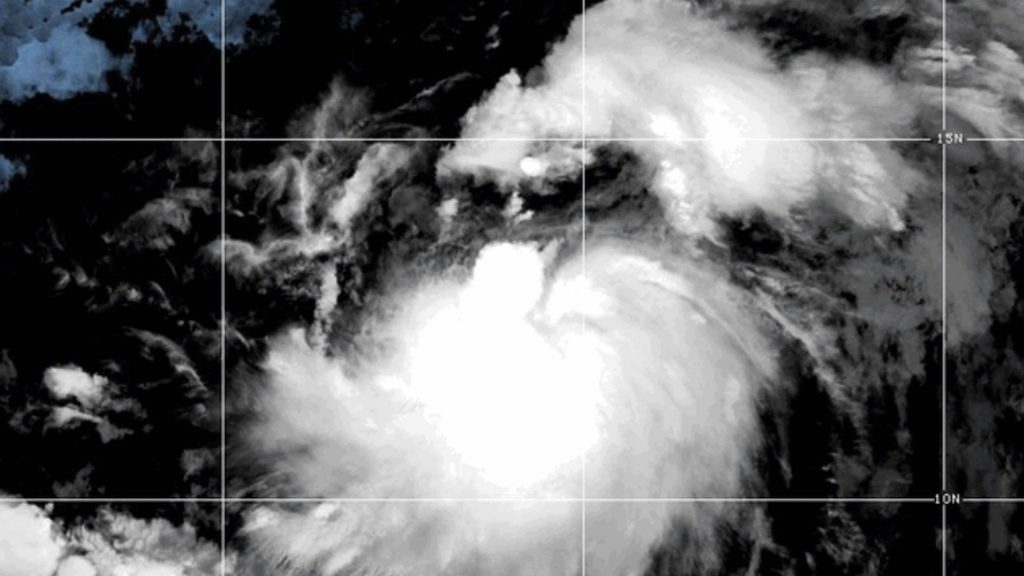Gil weakens to tropical storm, not expected to reach land

Tropical Storm Gil continued to hold steady as it went across the Pacific Ocean on Saturday, Aug. 2. While it became a hurricane the day before, Gil was later downgraded back to a tropical storm.
As of Saturday afternoon, Gil was about 1,355 miles west of the southern tip of Baja California, according to the National Hurricane Center. Gil is forecast to weaken as it moves over “cooler waters” in the next several days, and is not expected to make landfall.
“Geostationary satellite imagery indicates that convection remains confined to the northeast semicircle of the circulation, with the southwestern portion largely devoid of deep convection,” the Hurricane Center said.
Since Gil is losing strength and going by the “low-level flow,” the Hurricane Center anticipates it will take a gradual turn to the west. The storm is expected to dissipate within 96 hours.
Before it started, forecasters predicted that the 2025 storm season would be an especially active one. So far, there hasn’t been as much tropical activity as initially expected.
This season is still fairly close to what it’s been historically, especially compared with 2024, Paul Miller, an associate professor of coastal meteorology at Louisiana State University, said in an interview with The Times-Picayune/The New Orleans Advocate.
Still, most named storms, over 80%, formed after Aug. 1, the newspaper wrote, as well as 90% of hurricanes.
“About 85% of hurricane season is still yet to come,” Miller noted.
Satellite weather data on storms being shared again
Meanwhile, the Department of Defense on Wednesday, July 30, announced it would continue distributing Defense Meteorological Satellite Program data, despite the agency saying in June that it would stop doing so.
The DMSP is responsible for building and maintaining satellites that surveil meteorological, oceanographic and solar-terrestrial physics environments.
Storm experts had sounded the alarm on this, including hurricane specialist Michael Lowry, who said in The New York Times the decision was an “incredibly big hit for hurricane forecasts, and for the tens of millions of Americans who live in hurricane-prone areas.”
In addition, Lowry expressed concern over the potential loss of data and how it would affect research.
However, though the Department of Defense originally planned to “phase out the data” as part of its “modernization effort,” a Navy spokesperson said in a statement to NPR that “after feedback from government partners, officials found a way to meet modernization goals while keeping the data flowing until the sensor fails or the program formally ends in September 2026.”





